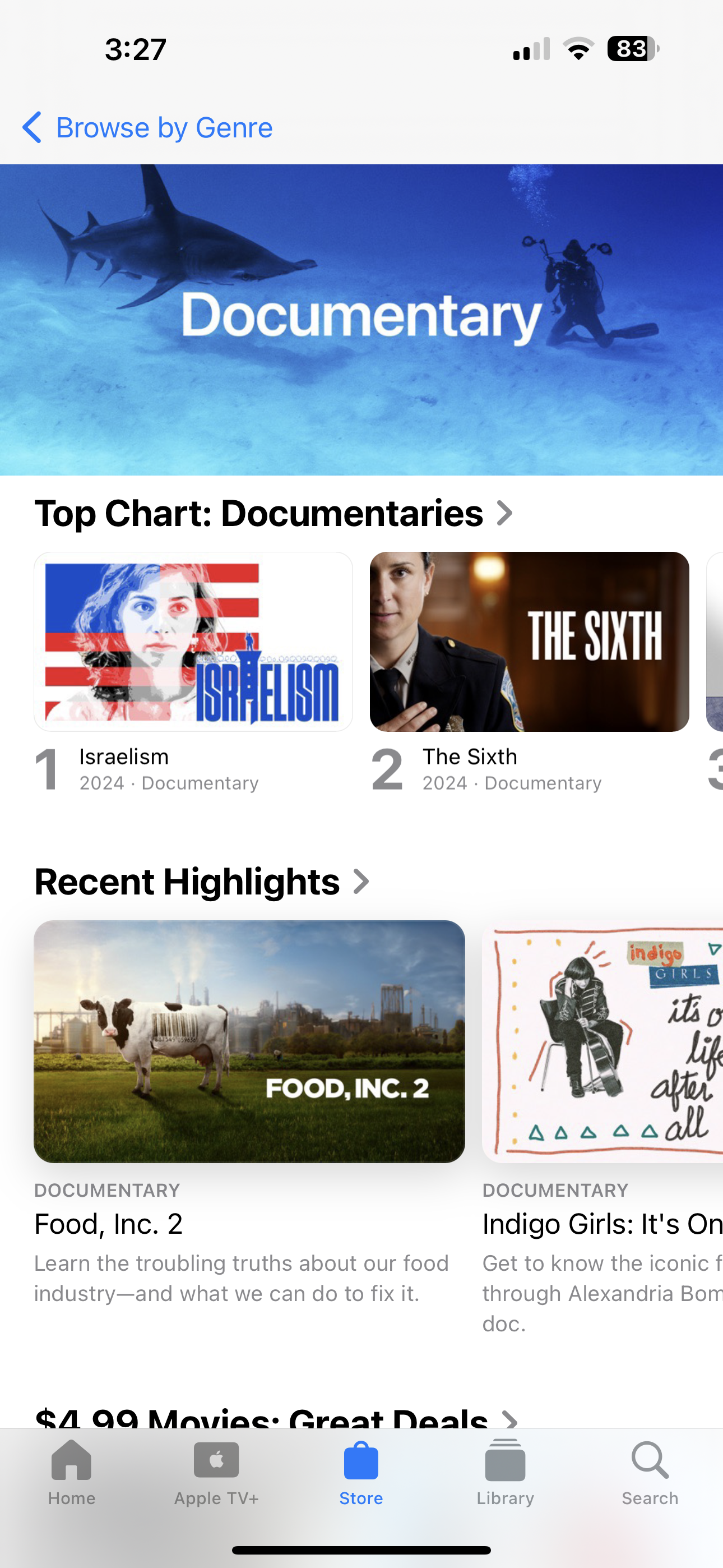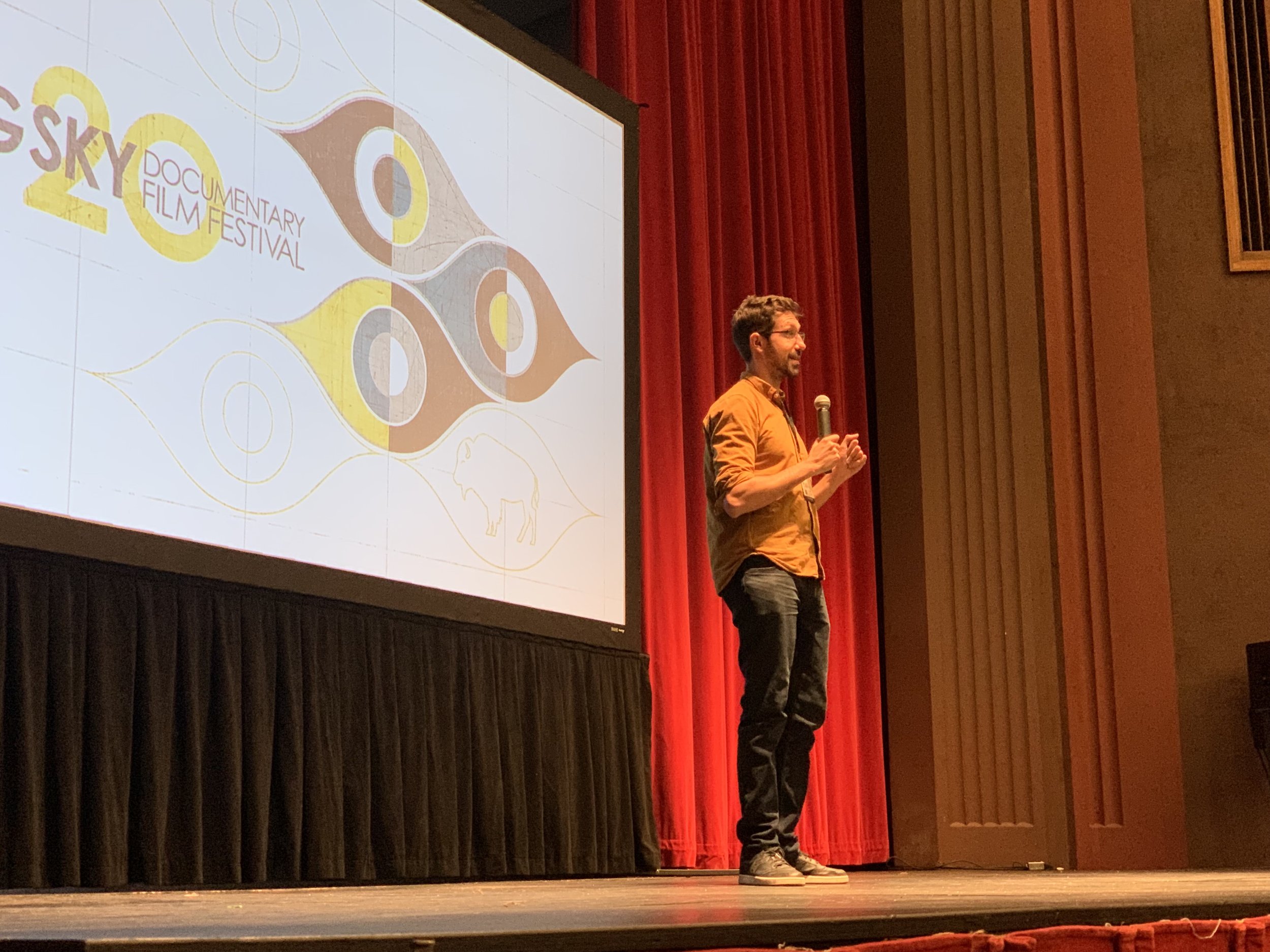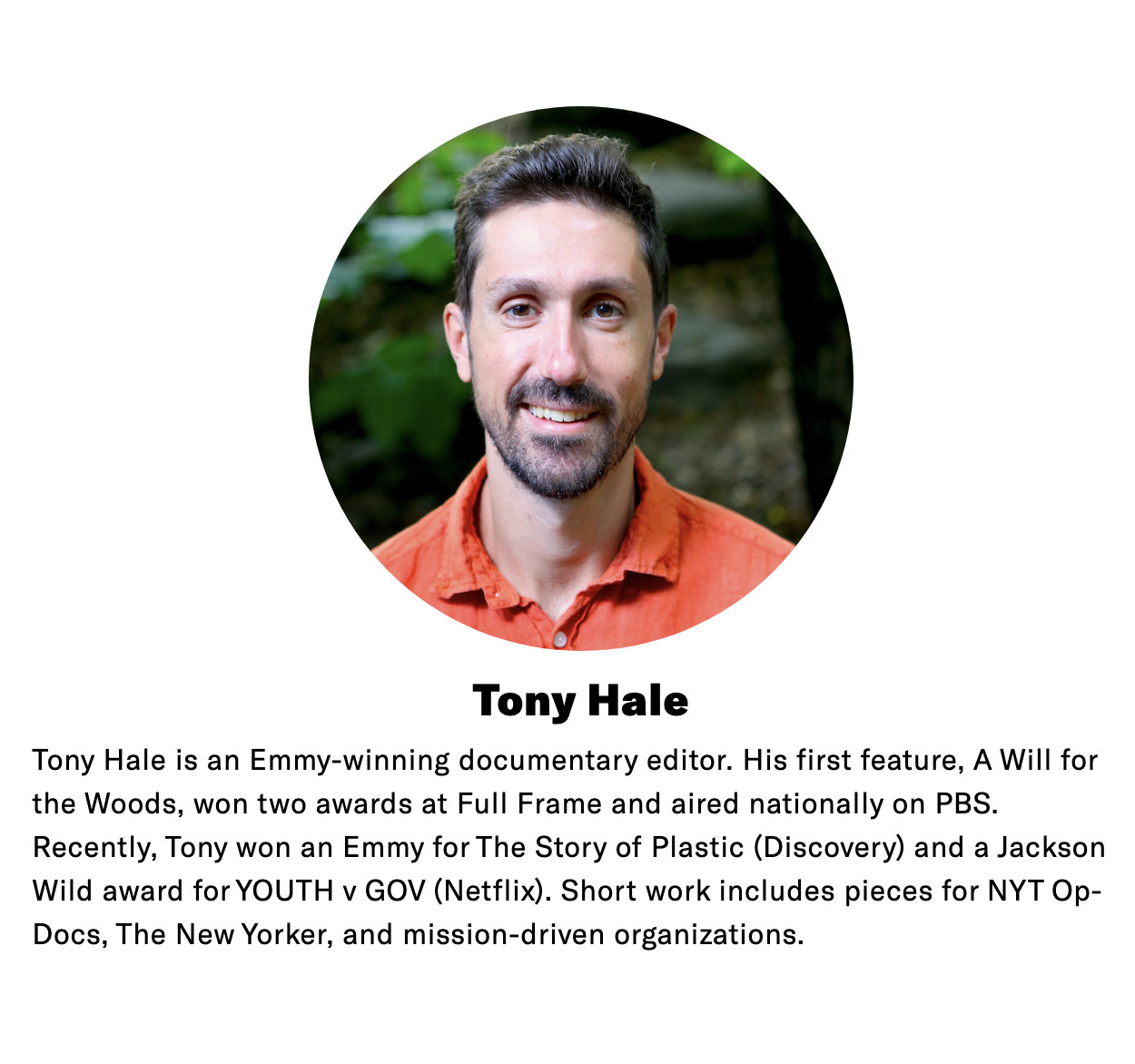As is often the case in documentary, a film can be crafted over years, and even when it’s done editing, it can take a while for it to be released. So, it’s been a joy for each of these films to have various premieres all around the same time.
The Memory of Darkness, Light, and Ice is now available online in North America and other places, as well as available via Arte in Europe. The film recently completed an award-winning festival run and even had a mention in Science! More on the film here.
A covert Cold War-era military camp in Greenland unearthed 400,000-year-old plant remains from deep under the ice sheet – stunning evidence the region was once ice-free. The Memory of Darkness, Light, and Ice is an award-winning documentary about scientists who apply cutting-edge science to a forgotten core, giving vital clues to our future.
It was such an honor to join director Kathy Kasic, the team of filmmakers, scientists, animators, assistant editors, musicians, and more in telling this time-traveling / detective / science story.
Vs Goliath has been playing at more festivals, and Episode 1 is coming to DOC NYC!
A retired schoolteacher, a former oil refinery worker, an Army veteran, and a group of Indigenous activists come together to fight the fossil fuel industry and protect their homelands while imagining a more just and prosperous future for their communities. Together, rooted in their faith, deep commitment, and service to their communities, they stand firm in the shadow of Goliath, refusing to back down.
A very short film I helped co-produce, The Bridge Cycle, had its festival premiere at the 25th Bicycle Film Festival.
THE BRIDGE CYCLE Dir. Nicholas Cizek ⎮ USA 2022 3min.
Twice a day as Nick crests the Manhattan Bridge on his commute the weight of life lifts and everything feels possible.





















